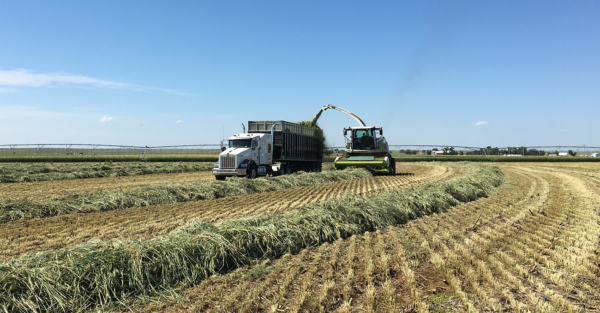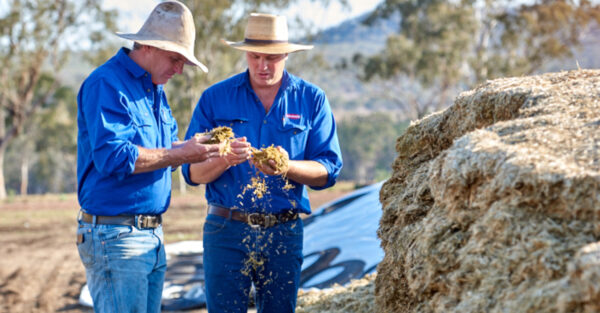Blog | Reading Time 3 minutes
Making clean, hygienic quality grass silage is key to offset rising feed prices
After a wet spring last year that led to poor quality forages being made, this coming season livestock producers will be wanting to make the best silage possible as purchased feed, energy and other inputs continue to rise. Granted, the cost of making grass silage has also risen due to widespread inflation effecting energy and input costs.
However, it still offers exceptionally good value – as home grown forages will be crucial to offsetting higher feed costs. Managing and making small changes to your grass silage production process can achieve improvements in silage quality and palatability, which offer significant cost benefits when fed.
Cleaner silage
When it comes to making the best silage possible, management from the field to the bunker and to the feed bunk is critical.
Using MAGNIVA inoculants are crucial as strain specific inoculants ensure an efficient fermentation and reduce undesirable microbial growth, which ensures the silage made is clean and hygienic as well as nutrient and energy rich.
Trials show that after 30 days ensiling and five days after opening, MAGNIVA Platinum reduces yeast and mould levels by over 100 times compared to untreated grass silage (Figure 1).

Figure 1: Yeast and mould levels after 30 days ensiling and 5 days aerobic exposure
Maintain nutritional value
Making cleaner silage by controlling both yeast and mould growth through the ensiling and storage phases protects the aerobic exposure period and results in a silage that better maintains nutritional and energy levels compared to untreated grass silage.
This was highlighted in independent analysis of more than 100 first-cut grass silage samples undertaken by Trouw Nutrition (UK), which clearly shows that using MAGNIVA inoculants resulted in grass silage with higher energy (ME), improved digestibility and protein levels compared to untreated grass silage (Table 1).
| Untreated grass silage | MAGNIVA treated grass silage | Increase due to MAGNIVA |
|
|---|---|---|---|
| ME (MJ/Kg/DM) | 10.386 | 11.129 | +0.743 |
| CP (%) | 14.504 | 15.128 | +0.624% |
| D-Value (%) | 64.954 | 69.591 | +4.64% |
Improve return on investment
The resulting improvement in energy and protein levels seen in MAGNIVA treated grass silages has a positive impact on milk and meat production as the maintained feed quality of MAGNIVA grass silage means there’s a reduced reliance on costly purchased feed.
Even taking the cost of the inoculant into account, MAGNIVA treated grass silage offers a significant return on investment (ROI) for the producer: up to 1:7 ROI has been calculated.
Making small changes to grass silage management practices such as: ensuring optimum cutting times, using best practices during harvesting or baling, rapid sealing for ensiling, and applying MAGNIVA forage inoculants correctly can result in significant improvements of grass silage quality.
Farmers can gain more practical tips and expert guidance to improve silage quality by visiting MAGNIVA.com or better still ring your local Lallemand Technical Services Manager for assistance with providing forage and nutrition technologies to aim for a better forage outcome for your farm and livestock.
Published Jul 17, 2023
Related articles
Need specific information?
Talk to an expert


